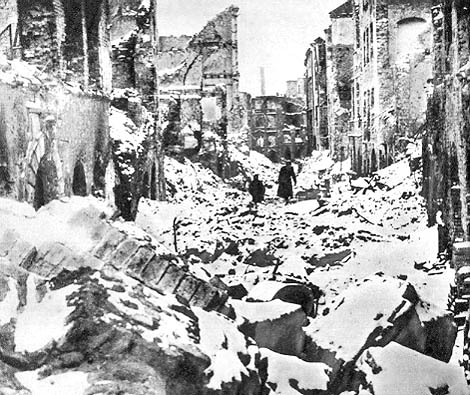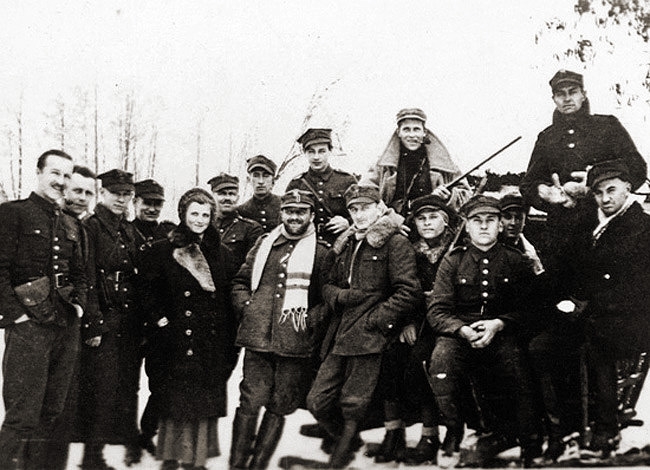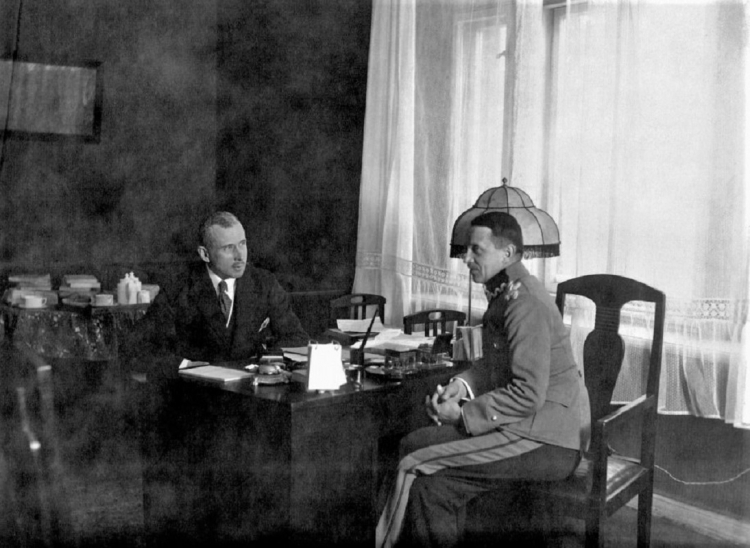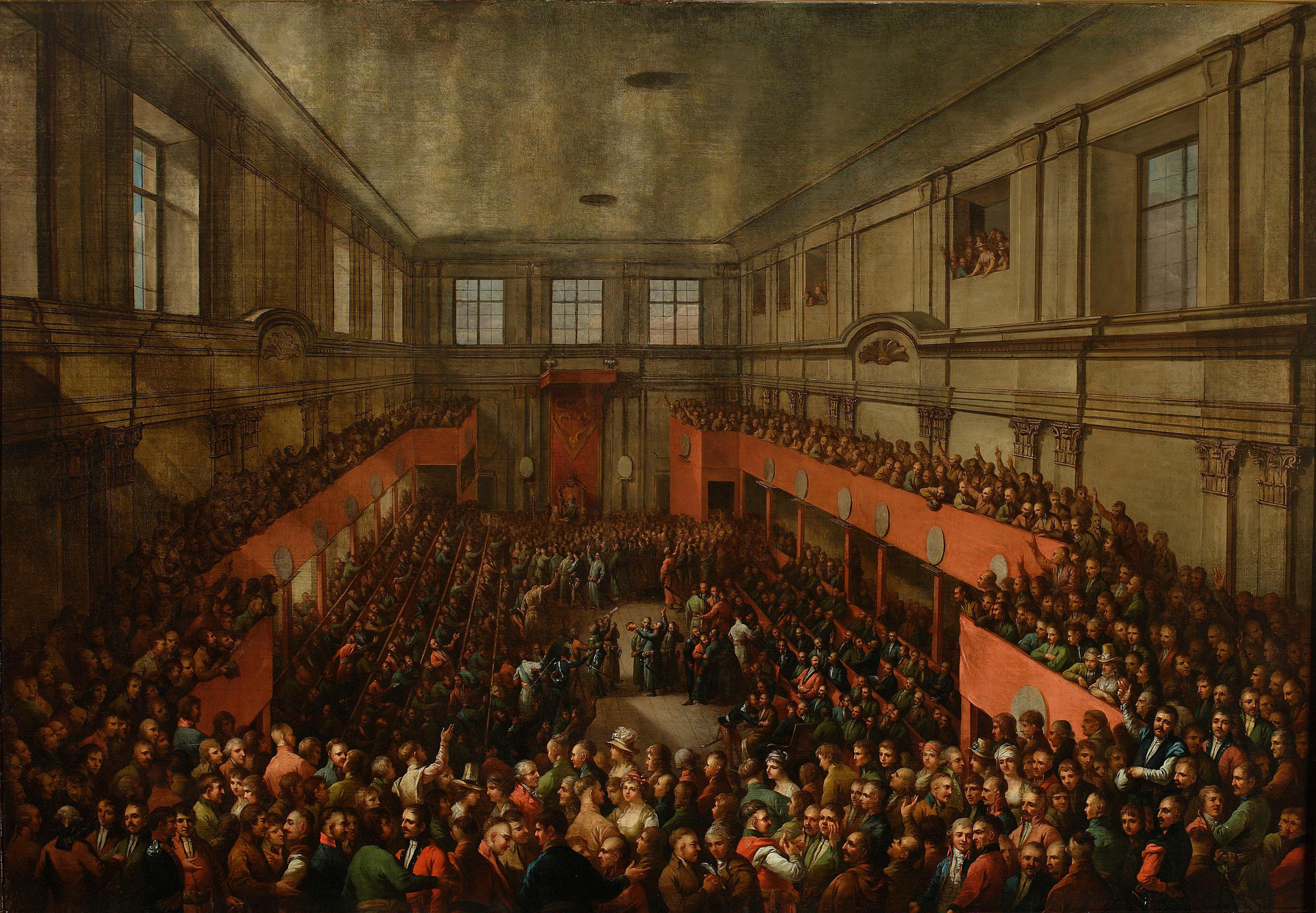The most famous of [the Warsaw Robinson Crusoes] is Władysław Szpilman. But there were many more of them – Jews, Poles, and Russians.
by Michał Studniarek
The uprising that had broken out on 1 August in Warsaw finally ended in defeat on 2 October 1944. According to the capitulation agreement, the insurgents were taken prisoner, and the entire civilian population was to leave the city. According to the German plans, Warsaw was to be destroyed and turned into a fortress, ready to defend itself to the end. This was observed by the Red Army troops stationed in Praga, in the district on the right bank of the Vistula, which had been formed in the USSR under the command of Polish communists of the 1st Polish Army.
Yet not all of them decided to leave the city. Their number can be estimated at over 1,100 people. Half of them were Jews and the others were Poles. There were also some Russians who had escaped from German captivity. They all came from different social strata, and they had different experiences of the uprising, occupation, staying in the ghetto or hiding on the “Aryan side.”
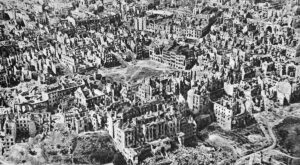
One didn’t always become a Robinson of one’s own free will. There were people who escaped from German executions during the uprising in the districts of Ochota, Czerniaków, and part of Śródmieście, or who had hidden somewhere (e.g. in a tram depot) during the pacification of their neighborhood. There were also insurgents who were cut off from their troops during the fight. Finally, there were people who, after the fall of the uprising, decided on their own not to leave the city and to go into hiding instead.
Robinsons’ motivations
The reasons for this decision were varied. It was known that the Germans had lost the war and that the Polish lands would be liberated by Soviet troops from the east. Among those in hiding were those with more or less leftist views who awaited the arrival of the Soviets without fear. Others did not believe the German promises to provide for the civilian population and feared a slaughter like that which had taken place during the capture of the districts of Ochota and Czerniaków. Jews (especially those with a so-called “bad appearance”) risked exposure and death .
Those who escaped the Germans hid in the first suitable place. One boy jumped into a cellar filled with bodies during an execution. Two men led to their death fled barefoot into a burning building and hid on the upper floors. An insurgent who took part in the unsuccessful landing on the sewage canals on Plac Bankowy, after two days of hiding, met another Robinson and moved to the bell tower of the St. Anthony church. Many insurgents were injured (such as the group evacuated by the nurse Danuta Gałkowa from the hospital in the Old Town or the teenage insurgent Wacław Gluth-Nowowiejski, who hid in a house in Żoliborz). As the Germans left, emotions subsided and people looked for a more suitable place. Usually, these people had nothing with them (for example, Władysław Szpilman only had a watch and a fountain pen) and were dependent on what they could find in the ruins, cellars, and abandoned apartments.
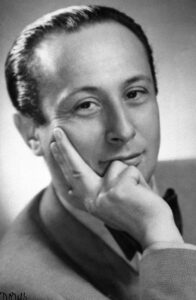
Most, however, decided to stay in the city after long deliberation, usually after the surrender of the uprising. Their hiding place was carefully chosen, often among groups of others who had decided to stay. Sometimes the choice of location was decided by fate, for example the lawyer Szymon Rogoziński was offered a joint hiding place by a recently known group of Jews remaining on the “Aryan side.” A group could also be formed based on previous acquaintance, place of stay, education or functions, and this might also influence the choice of shelter and equipment (e.g. people who were part of the staff of an insurgent hospital hid in a basement on nearby Sienna Street). Those who made the decision early enough had time to find and equip their hideout.
Rogoziński and his companions prepared a complex of rooms in the basement of the merchant school themselves; there was a kitchen, a toilet, a water tap, bedrooms and a “living room.” Others chose inaccessible rooms, e.g. on the upper floors, next to a dilapidated staircase, access to which was provided by a rope ladder. Efforts were made to ensure adequate ventilation, and above all – an emergency exit. The entrance to the hideout was carefully masked, often with the help of friends who stayed outside. As important as the hideout itself, was the collection of the right amount of water and food, as well as the furniture and items needed to improve the comfort of the living situation (kerosene lamps, candles, warm clothes, books, carpets).
Generally most people hid in Śródmieście, where the fighting had lasted the longest and the uprising had finally capitulated, but there were also hiding places in other districts of the city. Initially, those hiding in an area did not know about each other’s existence. However, after some time, a neighborhood community developed, the members of which met at night to exchange information and necessary items. The Germans were to label this region as Banditenviertel and they did not willingly venture there, even during the day.
Hardships of living in hiding
It was necessary to remain silent at all times, not only outside, but also in the hiding place, so as not to attract anyone’s attention. If there were footsteps and voices near the hideout, activity inside would subside immediately. They learned quite quickly to go outside at night, when German patrols would leave the streets, and stick to familiar places. Shoes were wrapped with rags to muffle the sound of footsteps, and people trod carefully so as to make as little noise as possible. Windows were covered and light was used as little as possible so that its glow would not attract attention to the occupants. Going outside also made it possible to learn the immediate surroundings of the hideout and find safe paths among the ruins. Food or necessary items were taken away not without some moral resistance, yet they usually excused it due to the state of great necessity in which the Robinson found themselves. Unfortunately, there were people who collected valuable and attractive things not only for their immediate needs, but out of greed. “He does not know what will be with him in half an hour, but only works out how to get rich here,” wrote Dawid Fogelman about one of his companions.
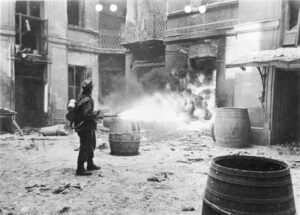
When fall and cold winter came, heating and cooking were a problem. The smoke had to be let outside so that it would not be too visible nor any traces such as icicles from melted snow. Fresh snow, on which tracks were clearly visible, was able to successfully trap one Robinson in his hideout. People tried to cover their tracks behind them and skillfully choose their way through the ruins.
There were cases where the Robinsons possessed weapons, but they were usually kept for self-defense. Only a few people actually hunted the Germans; there was a legend about a mysterious Ares who set traps for the Germans. If there was a fight to take down a hideout, it usually ended up tragically for the Robinsons. Only once did a group of former ghetto fighters encounter a Gestapo looting near their hideout; because he accidentally found out where they were, they couldn’t let him go.
The Robinsons’ everyday life
Hiding also meant that huge amounts of free time had to be allocated. Working out and keeping a schedule of the day was important to maintaining a healthy mind. For this purpose, time was measured and calendars were kept. In addition to farm activities, books were read, poems were composed, cards and chess were played, and diaries were kept, English words were repeated or compositions remembered, whispered talks were organized on various topics, and even watercolors were created or satirical “bunker newspapers” such as the “Diary of Whispering” were written.
The Robinsons lived under tremendous psychological pressure all the time; in cramped rooms, people of different psyche and characters met, who might not have encountered each other in different circumstances. Relationships developed between them, but quarrels and conflicts also broke out, especially if the group had not known each other for a long time. The necessity of maintaining order entailed the election of a bunker manager, dividing larger groups into teams and making decisions by voting. The very possibility of being in the company of another person and talking to them was also important. As Jan Kostański, who was hiding in the city center, recalls, meetings were often held in an abandoned linen press. There was also an underground New Year’s Eve meeting. In turn, the Polish insurgent, Marian Uramowski, was one of those who hid alone in Mokotów, in the southern district of Warsaw. One day, he discovered with horror that forced silence had rendered him unable to speak. He got it back after a few days of exercise. As Christmas came, the realization that he had been hiding for so long had led him to a nervous breakdown which he successfully recovered from. He was not the only one experiencing difficulties – Szpilman was tormented by thoughts of suicide, and other loners also struggled with enormous pressure.
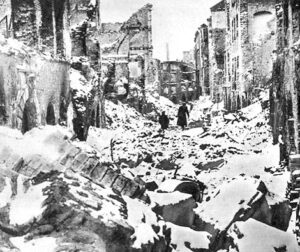
In general, when meeting with others, they were cautious, often aiming guns at each other – everyone was afraid of German deception. In addition to other Robinsons, people were occasionally encountered sneaking into the city from the outside; usually they were smugglers, sometimes also friends or family members who came with food and news. However, one had to be careful, as is reminded by the sad fate of a group of about 20 Jews living in one of the hiding places in the city center. Among them were smugglers who entered into dealings with Polish smugglers from outside the city, who at one point brought the Germans to their hideout. One person survived the massacre and was taken in by another group. On the other hand, a Polish-Jewish group hiding in Wilcza Street exchanged valuables for fresh food with smugglers from outside the city. Of course, the Germans realized that they were not alone in the city; civilians penetrated every day through the military cordon, alongside those with rarely issued passes. Sometimes these people wanted to check if their house was still standing or to take some necessary things from it, but usually they just wanted to loot abandoned buildings. Prohibitions were announced several times but the shooting of captured people did not effectively deter looters.
Some Robinsons tried to leave Warsaw on their own, after usually being forced to do so by excessive proximity to the Germans. Several people managed to mix Polish forced laborers among the forced laborers brought in for cleaning. A group of Jewish insurgents from Żoliborz were led out with a patrol of the Red Cross; Alojzy Muraszko could not stand the hardship of hiding alone and handed himself over to the Germans, and escaped from captivity in the fall. Many people were liberated only on 17 January, although there were cases in which some left their hiding places only a few days later. Not everyone managed to get free; there were people who paid for their hiding with death, such as Calel Perechodnik, whose memoirs survived their author and were published in 1993, or the pianist Róża Etkin, found and shot with her husband the day before the entry of Polish and Soviet troops – on 16 January.
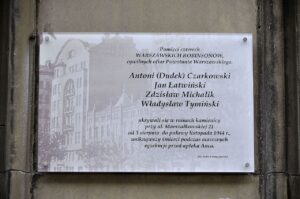
After the war, the Robinsons rarely maintained contact with each other, although there were at least two marriages among them. Some rarely shared their experiences and simply continued their professional lives; othersleft the country. From the very beginning, the press started to refer to them as “the Robinsons.” On the basis of Szpilman’s memoirs, Czesław Miłosz (who would receive the Nobel Prize in Literature in 1980), together with Jerzy Andrzejewski, wrote a film short in 1945 entitled “Warsaw Robinson”; the film was finally made in 1948, although it no longer resembled the original. Szpilman’s memoirs were published in 1946 under the title “Death of the City.” Another book, constituting a collection of fictionalized accounts “Don’t die till tomorrow,” was written by a Robinson, the journalist Wacław Gluth-Nowowiejski in 1975. Articles about them were published in the press much more often. The fall of communism in 1989 made people talk more loudly about lesser known episodes in the history of the Home Army or the fate of the Holocaust survivors.
In 2000, Szpilman’s memories were reissued in an edited form, under the title “The Pianist”; it was related to the preparation of their film adaptation made by Roman Polański. The international success of the film made Szpilman perhaps the most famous Robinson, and contributed to interest in the figure of his savior, Captain Wilm Hosenfeld, who in 2009 was awarded the title of Righteous Among the Nations. Many other Robinsons also published their memoirs, including the nurse Danuta Gałkowa (decorated with the highest decoration for nurses, the Florence Nightingale Medal), Chaim Goldstein and Helena Midler-Goldstein. Alojzy Muraszko published his memoirs under a pseudonym; after the war, he was the Polish ambassador to the Netherlands and taught law at the University of Lublin. Many Robinsons also told their story in accounts or testimonies made before the Polish authorities immediately after the war in connection with the prosecution and trial of German war criminals. Texts about their experiences have appeared and are still published in the press and in books as proof of the strength of survival and fortitude, and one of the episodes of the martyrdom of Poles and Varsovians.
* Robinson Crusoes of Warsaw were those who hid after the Warsaw Uprising in 1944
Author: Michał Studniarek
Translation: Mikołaj Sekrecki

